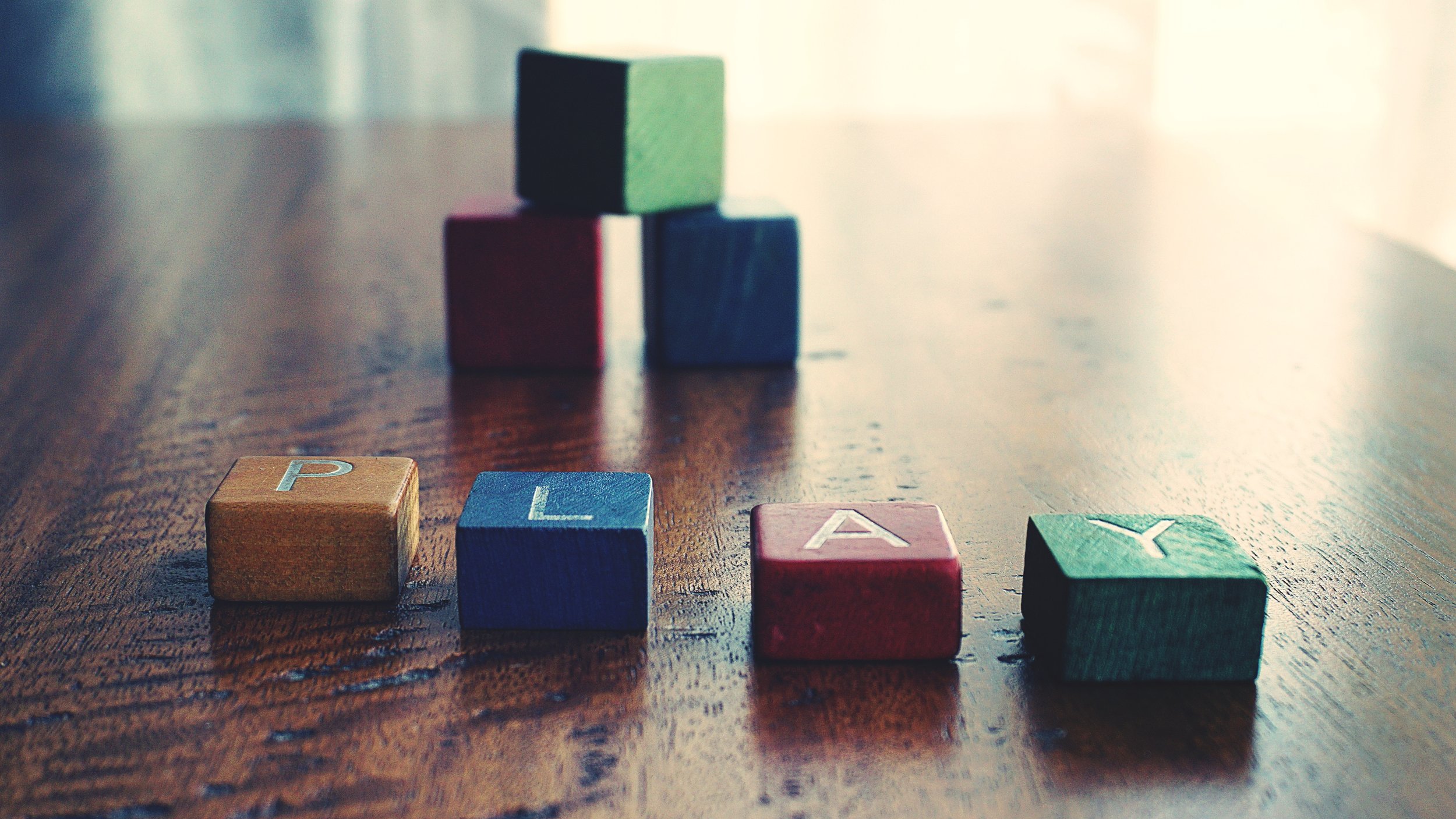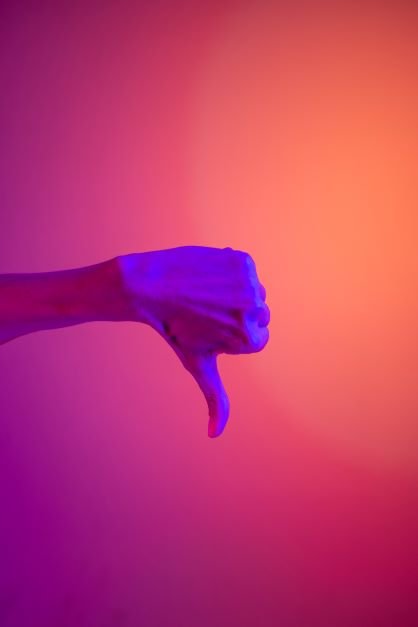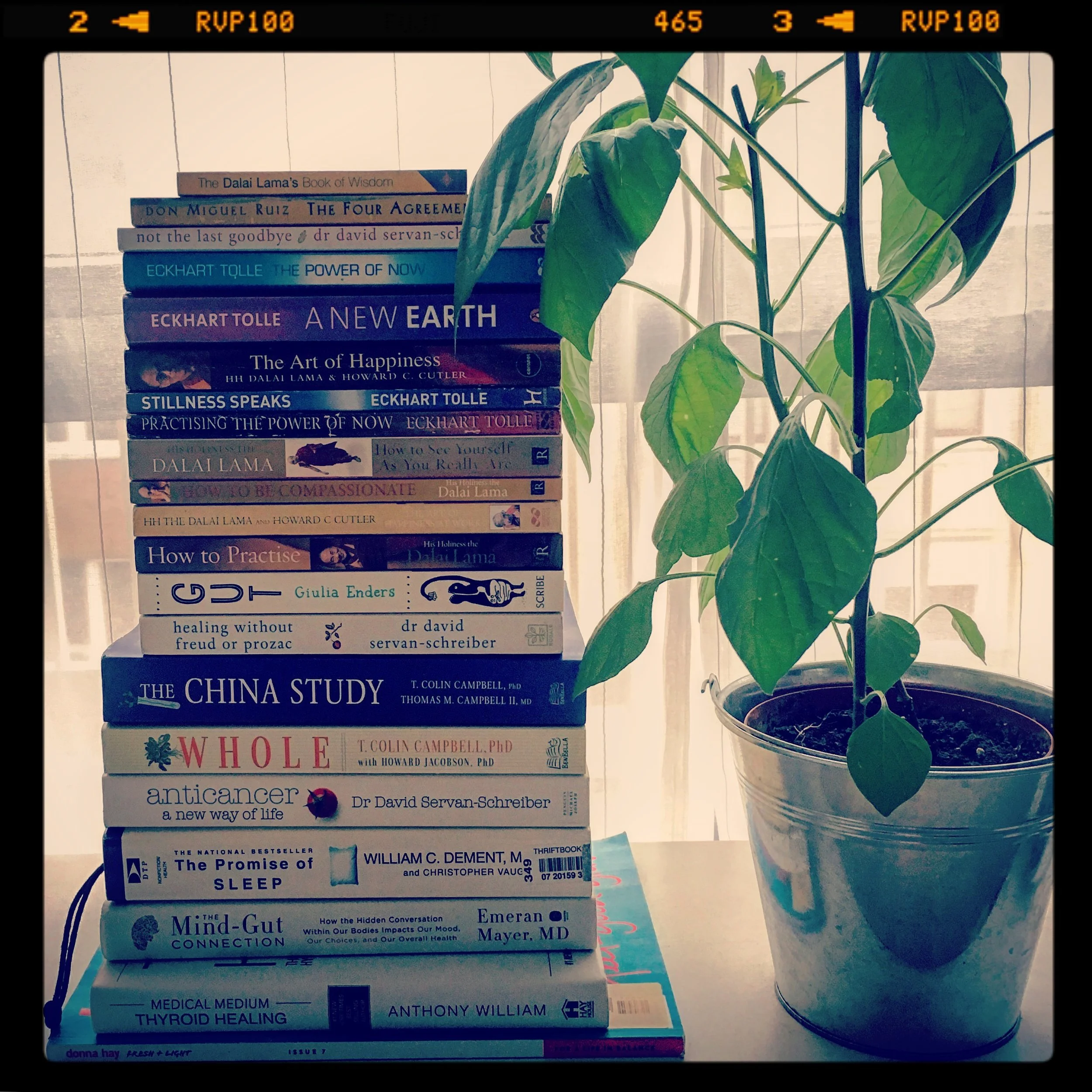What Jiu-jitsu has taught me (Part 2 of 2).
Editor´s note:
After a 2 month hiatus due to recovery from “exhaustion depression”(*), last week I finally returned to the mats and got the 4th stripe on my white belt. In technical terms, this would mean I am eligible to try for the blue belt, which is a massive step forward in my training.
I am, however, in NO rush to do that. I mention the 4th stripe for what it means to me: perseverance, resiliency, fear, courage, community, and FUN. The road to this 4th stripe changed forever how I experience fear, adrenaline, criticism, and joy. Keep reading for “Part 2” for how the practice of Martial Arts impacted my life.
Disclaimer: the creators, products, or establishments mentioned are my sincere personal opinions. None of them are paid advertisements. Please consult with your physician before undertaking any new sport or regular practice.
(*): In German “Erschöpfung Depression” is the psychiatric term for “Burnout”.
(… continued from Part 1).
Fast forward a whole year of consistent training, motivation ups and downs, more adrenaline exposure than in my previous 41 years, and especially a year of struggling with that mental hurdle of the “gender barrier”, I found myself showing up to the mats up consistently 2 – 3 times per week.
A year of repeated cycles of learning and apparent stagnation, of small wins and constant failure, of leaning into physical pain and discomfort, of being a beginner time and time again… Somewhere in between the beautiful friction of fear and joy, I fell in love with a sport that not even in my wildest dreams, I could have imagined.
I am not delving into the effectiveness of Jiu-jitsu techniques for self-defense. Suffice it to say that Brazilian Jiu-jitsu was modified from its Japanese origins to make it possible for weaker people to combat larger and stronger opponents. In addition to that, Jiu-jitsu might be the only Martial Art that will teach you how to defend yourself while down on the ground. From here, all the “keyboard warriors” with their own take on self-defense might jump in fueled with opinion, or not. All I will say is “just show up to the mats and give it a try”. Only then we can discuss.
Here you will find the breakdown of the different lessons that Jiu-jitsu has taught me.
Lesson: befriending discomfort.
There was no getting around it. There was no shortcut or hack. I had to go through the discomfort every single training session. The discomfort of falling to the ground, of being caught in a chokehold or a joint lock, the discomfort of shallow breathing under the weight of an adult human being, the psychological discomfort of having to tap out in defeat over and over again.
The good news is that over time something shifted in my brain. I had made friends with discomfort. I got better at allowing it to be.
Image source (customized): Pexels.com
Lesson: setting boundaries.
It is up to me to draw the line: when to stop, to tap out, to walk away if things got overwhelming, to take time off if needed. I emphasize this, for all those humans like myself out there that have difficulties setting boundaries, difficulties voicing what is OK and not OK.
Image source: Pexels.com
I realized I had to learn quickly how to say NO and most importantly, enforce that boundary. The Head Instructor will always push me to go further and so will my training partners, but it is up to me to know my own limits. It is not up to them to guess how far I can go.
On the other hand, it is equally important to respect others´ boundaries and accept rejection with a light heart and a playful mind.
Lesson: the difference between being hurt and being injured.
I had no idea how resilient my own body would be. Before I thought of physical pain as not black and white. Now I know there are many facets to that. Feeling pain is not the same as being injured.
Image source: Pexels.com
I often experienced in my training sessions: bruises, sore muscles, maybe a joint overly extended, and a small cut here and there. At first, these felt like a huge deal that left me constantly wondering if I was doing something wrong or if I would last very long practicing this sport.
Actual photo of my arm, during the early months of training.
The trick here is that despite self-doubt, I kept going. Over time, these huge deals that I thought were injuries, eventually became normal, noticing that my body recovered from being hurt in just a couple of days.
Learning to tread that thin line, besides building an incredible amount of resilience and grit, was an insight into knowing my own body and my own limits that is an invaluable lesson, even beyond the mats.
Lesson: the four “Thieves of joy”.
Image source: Pexels.com
Losing the beginner´s mindset.
Once I had accumulated some experience, for some training sessions I got that bland feeling of “oh, I´ve done this SO many times before”. Those were the days that felt more like a chore and further away from being fun. How to keep it fresh? I wondered…
Image source: Pexels.com
I observed the training partners that have been doing this for years and still looked happy even with the most basic techniques. They all share one behavior: they approach every single training session like it is the first time. Like a little kid, with that unspoiled sense of wonder, eyes wide open trying to capture every single detail as they´ve never done it before. Training will never get boring or go stale ever for them with that mindset.
Comparison to others.
Any sport is inherently competitive. Competition can be good to propel oneself forward.
Image source: Pexels.com
However, when that competition instinct turns into relentless comparison, this is when the training experience turns bitter due to unattainable standards. Approaching a technique hoping that it looks for you exactly like the most experienced and skilled person there, will rapidly become frustrating.
Here is how it is approached in the community I am in: the technique will be taught “by the book” and you will be guided to be safe first and foremost, but in the end, the execution is allowed to have your own signature. We are all different: in size, body type, joint flexibility, fears, and mental paradigms. It is almost guaranteed that the physical and psychological features of each individual will pour into practice and give different flavours.
Only chasing the extraordinary wins, overlooking the process of learning.
A common misconception of motivation is boiling it down to just one thing: having a sense of accomplishment. Motivation is far more nuanced than that.
Image source: Pexels.com
If you are a follower of the “Huberman Lab” podcast (**) like I am, you will know that motivation is better sustained over time by cherishing the process of training or learning, over than the accomplishment itself.
Enjoying the process for me is about having a moment to myself after each training session where I run a quick breakdown of what went well (and mentally celebrate it), what didn´t work at all and what should I try differently next time around. I do this on my commute back home after training, which even with passing time, always left me hungry for more.
Source: Wikipedia screenshot.
Dancing with the critics.
Humans will easily find in any given situation what is bad or what needs to be fixed. This was a sore spot for me at the beginning.
Image source: Pexels.com
Walking into a room full of training partners lining up to tell me what went wrong with every move I make, can be very demotivating. It was also hard to take feedback coming from a group of humans that were not necessarily experiencing the sport the same way I was: myself being only 153cm tall and outweighed by 10-20Kg on average. On the other hand, going into the mindset of “I don’t care what anyone thinks” and shutting off feedback, is extremely counterproductive. Feedback is essential for improvement.
The dance for me was learning to carefully select how much of that feedback I took close to my heart and equally important is when I digested and applied that feedback, as not everything can be taken in at once.
Final Lesson: Community.
Little did I know how important it was for me to have a sense of “belonging” that we as humans are biologically hard-wired to want and seek. I need people, my training partners, I need this community. Full stop.
Image source: Pexels.com
I found a group of humans with whom I can feel safe around and be myself. A group of humans that find joy in the same place as I do. A group of humans that experience each other in a very pure and unpolluted version of themselves.
What do I mean by unpolluted? we leave out of the mats all the icky things about adulthood. We don’t care how much money, what profession, what car, how much jewelry, or how many titles or social media followers. What we see on the mats could be considered who you are as a true human being beyond riches and gender. All that matters is how much respect we have for each other, how tolerant, how considerate, how joyful, and how courageous we are.
I highly recommend to you, dear reader, to seek a sense of “belonging” in a Community like this.
I am grateful to have found the best group of humans led by the best Head Instructor one can ask for.
Some words on Leadership.
In a sport where one´s safety is literally in the hands of your training partners, a key element I need to mention is the influence of the Head Instructor.
Image source: Pexels.com
Specifically, with Jiu-jitsu, ask any avid practitioner, and they will tell you that “the ego needs to be checked in at the door”. You cannot train with your ego on your sleeve simply because the practice is about having to surrender to another human on a regular basis by the act of “tapping out”. It implies getting your ego dismantled time and time again. It does not matter how many stripes you have, there is someone in the room who will make you tap out.
In an unfortunate instance, where the ego is NOT checked in at the door, things can escalate from a playful sparring session into a very unsafe one in the blink of an eye. However, when there is a leader that has his own ego under control and an innate ability to read the energy of a room with a very commanding presence, you know you will be safe.
His wisdom has trickled down into all of us, resulting in quite a homogeneous group, albeit full of nuance and different flavours, but homogenous, nonetheless.
That would not be possible without a strong leader.
Screenshot of a video taken during a sparring session. Next to me, Head Instructor: Ismail aka. “Isi”.
If you made it through the whole thing, thank you so much for reading. I hope you enjoyed it.


















